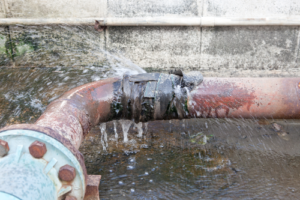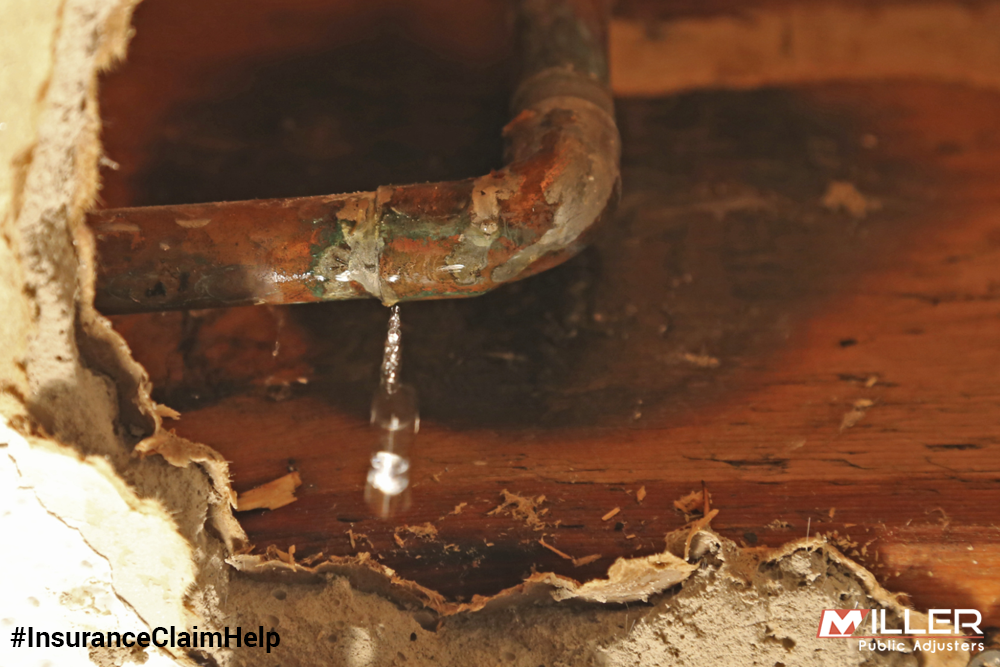How do you really feel in relation to How to install a dishwasher safely?

A burst pipe is a significant emergency; you can only stand as you watch water you pay very much to rejoin with the earth. In worse instances, you notice a pool on your kitchen area flooring, which is a great trip hazard, especially if you have children around. If the pipe that ruptured was in your walls, bad news: you might require to repaint that whole area.
Just how can a catastrophe like a burst pipeline be avoided and taken care of? Well, by paying attention to your expert emergency plumbing professionals and following these policies.
Exactly how do I know when my pipelines have ruptured?
Rising and fall water pressures
Pipes do not simply burst in a day. You might have seen that your kitchen area faucet or shower doesn't run immediately when you turn the tap. It might stop for a few seconds and after that blast you with even more force than usual.
In various other instances, the water may seem typical initially, after that decrease in stress after a few secs.
Damp wall surfaces and also water stains
Before a pipe bursts, it will certainly leakage, the majority of times. If this persistent leaking goes undetected, the leakage might finish into a wide laceration in your pipe. One simple way to avoid this emergency is to look out for wet wall surfaces ad water discolorations. These water discolorations will certainly lead you right to the leakage.
Puddles under pipelines as well as sinks
When a pipeline ruptureds, the discharge forms a puddle. It may appear that the puddle is growing in dimension, and also regardless of the number of times you mop the pool, in a few minutes, there's an additional one waiting to be cleaned up. Typically, you may not have the ability to trace the puddle to any kind of visible pipelines. This is a sign to call an expert plumber.
Untraceable trickling noises
Pipeline bursts can occur in one of the most unpleasant locations, like within concrete, inside wall surfaces, or under sinks. When your home goes quiet, you might have the ability to listen to an annoyingly consistent trickling sound. Even after you've checked your shower head as well as cooking area faucet, the dripping may continue.
Beloved viewers, the dripping may be coming from a pipe inside your wall surfaces. There isn't much you can do concerning that, other than inform a specialist plumber.
Turn off the Water
When water ices up, it broadens in quantity by concerning 9 percent. And also it expands with remarkable force: The stress inside pipes might go from 40 extra pounds per square inch to 40,000 psi! No pipeline can hold that much stress, so it breaks open. The break might occur where the ice forms, yet more frequently, it takes place where water pressure finds a vulnerable point in the pipe. That might be inches or perhaps feet from the frozen area. Discover the water shutoff valve and switch off the water to prevent even more damage. You might also require to turn off the power too, relying on where the leaks occurs and also exactly how big it is.
Infected water
Many individuals presume a ruptured pipeline is a one-way electrical outlet. Fairly the contrary. As water spurts of the hole or laceration in your plumbing system, impurities locate their method.
Your water may be polluted from the source, so if you can, examine if your water storage tank has any kind of issues. However, if your drinking water is supplied and detoxified by the local government, you must call your plumber promptly if you see or smell anything funny in your water.
What do I do when I detect a ruptured pipe?
Your water meter will remain to run also while your water wastes. To decrease your losses, locate the primary controls as well as turn the supply off. The water pipe are an above-ground framework beside your home.
How to Fix & Detect a Leaking Pipe
How Do I Know if a Pipe is Leaking?
Leak detection tests can help you determine if your pipe has a leak. Even if you don’t see an apparent leak, you should still conduct leak detection tests regularly to save water and money—and prevent major damage to your home.
Water meter. It can be helpful to figure out what your usual water meter usage numbers are and then monitor them regularly. To monitor your meter, first, turn off all water faucets in your home. Check the meter and write down the numbers. In a few hours, check the meter again. If the numbers have changed, you have a leak. Water gauge. Use a water gauge to test your water pressure. Your showerhead should produce a certain amount of water pressure based on its model and design. If the pressure is lower than it is supposed to be for that specific showerhead, your home likely has a leak. Puddles. Look inside your bathroom, laundry, and kitchen sink cabinets. Puddles around the cabinets or around toilets, tubs, showers, and washing machines indicate the presence of a leaking pipe. You may also notice loose tiles, peeling or flaking paint, or mold caused by water accumulation. Napkin test. Even if you don’t see any puddles, you may still have a leak. You can test for water leaks in the bathroom, laundry, and kitchen by wiping below-sink connections with a napkin, paper towel, or piece of toilet paper. If it becomes damp, you probably have a leaking pipe under the sink. Discolored walls. Walls that are discolored—usually with brown or yellow stains—or bulging might mean that they have been impacted by water damage caused by a leaking pipe. Smell. A leaky pipe will create sitting water, and over time, that water may develop a musty smell. If your home smells musty, but you can’t locate the source, it may be due to a leak. Steps for Fixing a Leaking Pipe
A leaky drain can be remedied by tightening the pipe base, replacing the drain seal, caulking the rim, and tightening the pipe nut. Similarly, a leaking toilet pipe can be treated by tightening the packing nut. You may also need to replace the valve. A leaky faucet may just need tightening or replacement of the washers. If that doesn’t work, consider replacing your faucet. If your pipe has a hole in it, you may want to use a pipe leak sealer or pipe leak tape. This quick fix for water pipe leaks can also temporarily fix a copper pipe leak. https://www.ahs.com/home-matters/quick-tips/how-to-tell-if-pipes-are-leaking/

I was shown that write-up on How to Prepare for Your Dishwasher Installation from someone on our other site. Please set aside a second to promote this blog entry if you liked it. Thank-you for taking the time to read it.
Get it fixed!